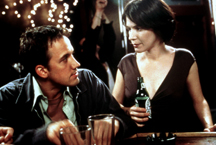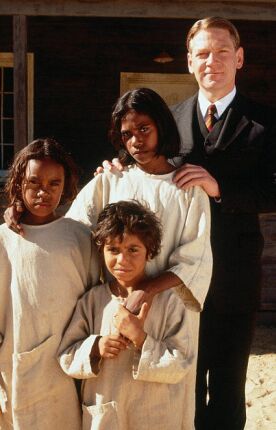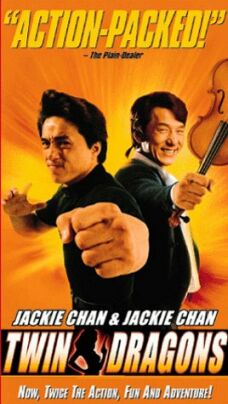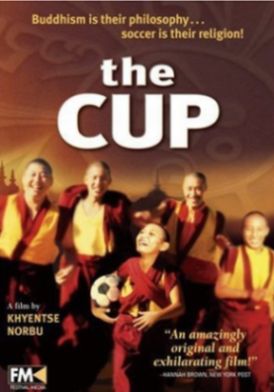Dopamine
It’s appropriate that Mark Decena’s Dopamine should be named for a chemical — the one, we are told, that floods people’s brains when they are in love — since the people are so boring. The dopamine is more interesting than either of the dopes it supposedly influences into falling in love. Neither Rand (John Livingston), a computer geek in San Francisco who has spent the last three years working on a computer-animated pet called Koy Koy, nor Sarah (Sabrina Lloyd), the troubled painter-cum-kindergarten-teacher who gets his dopamine flowing, is a character capable of making us care any more about what happens to them than we do about the loathesome Koy Koy.
In fact, what’s wrong with the movie may have a lot to do with Mr Decena’s expectation that we will be touched by this creature. “When I’m feeling lost,” says Rand at one point, “Koy Koy helps me. If it helps somone else, it’s worth it.” Sarah, instead of recommending to him a good psychiatrist and getting as far away from him as possible herself, supposedly melts at this. Later, when the Japanese firm which has commissioned the work on Koy Koy cancels the project, she says to Rand sympathetically, “I know how much it meant to you.” Can this be true? What it meant was a lot of work, I suppose, but what more than that could it have meant?
Maybe people a lot younger than I will not have a problem with manufactured cuteness, but even if they do not, there are at least three other ways in which Dopamine is a piece of juvenilia. First it is by young people, about young people and lives in the world of young people — their slang and their dress and their mating habits and their concerns — without any sense, yet, that other worlds are possible. It imagines it is discovering the world anew in its account of young love. That can be a strength, as in Romeo and Juliet, but this is at best Romeo and Juliet as written by Romeo — a nerdier, timider Romeo — and so without any sense of proportion or perspective.
Second, all its agonizing about whether love is just a matter of brain chemistry and evolutionary biology or something “real” is just adolescent pseudo-profundity. As the publicity material says: “Rand and Sarah must overcome not just philosophical differences, but the wounds and regrets of the past. Ultimately, they must decide: is love — whatever it is, whatever it means — a risk they’re willing to take?” Of what pair of lovers can this not be said? And what do chemicals have to do with it?
Third, it falls into the youngster’s error of supposing that a person’s sorrows and disappointments are enough to make him interesting. Rand’s sorrow is the end of the Eden of his parents’ marriage when his mother contracts Alzheimer’s disease at a relatively young age and becomes, apparently, catatonic and insensible to the world. The natural skepticism of his father (William Windom) is hardened into bitterness by the experience, and poor Rand feels bereft. Sarah’s sorrow is that she got pregnant at 17, gave the baby up for adoption and now feels a “hole” at the center of her life. There are in the movie a number of references, most of them bawdy, to “holes” and that which is to fill them, but the biggest hole comes not even close to being filled by the puny passion of these slight characters.
Discover more from James Bowman
Subscribe to get the latest posts to your email.








